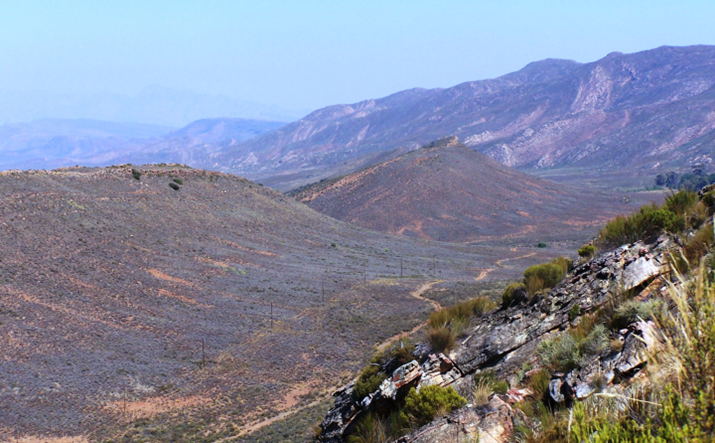
Hills north of Jandeboers.
Gerhard Marx’ article in respect of H. marumiana and its associations is very welcome as he is one of the very few persons who make any constructive and useful observations that do not further tarnish the image of plant classification. But the article does require a response from me because it challenges my own observations and to a degree I think it misrepresents my decision making. Furthermore it suggests some kind of rift in which it is possible to make a better decision by looking more closely at less. What is this truth that has no respect for us humans? Gerhard writes his taxonomic priority list in which geographic distribution is placed last and then goes on to suggest that the flower has been too often ignored. This is simply not true and ironically this contention may be why we are in the situation we are in. Darwin stated that geographic distribution was the primary key to understanding species and if one looks at classification problems, in Haworthia at least, they can often be shown to weak decisions based on detail and superficial difference. This is despite the classic tenet of experienced taxonomists who were known to state “look for similarities rather than for differences”. Gerhard perforce has to evade the very problem he describes relating to the time and effort needed to make a meaningful study of all this floral detail. Gerhard goes on to examine differences between ‘archeri’ and ‘marumiana’, but he does not say what specimens from what populations he uses to generate the comparisons he makes.
Gerhard’s observations are not new to me and he does not venture to try and explain well enough why I felt compelled to add ‘archeri’ into ‘marumiana’ admitting myself that this is not easy or even correct. All the new populations unearthed from Beaufort West and westwards did not lead me to conclude that there was only one species. The word “conclude” is a misrepresentation for a far more conservative term, “hypothesize”. There is simply not a choice one makes between looking at a big picture and looking at detail and I do not doubt for one moment that ‘dimorpha’ may be better allied to ‘nortieri’ – if more was known. When seeing the “big picture” by virtue of physical time and effort one is required to visualize the still “bigger picture”. What happened to me in the process was to recognize that detail from a small sample was actually not very helpful and somehow one has to short circuit the data collecting process to arrive at a decision. There is no sound fence to sit on when it comes to formalizing a classification. If there is, it is a wire fence and the wire is barbed.
Gerhard does not elaborate on the distribution of ‘archeri’ nor give any indication as to geographically where ‘archeri’ and ‘marumiana’ may separate. This is of course where the problem is rooted as I could not, and cannot, do this either. It was evident to me that the area concerned was simply unexplored and it was mainly P. V. Bruyn exploring for Stapeliads that unearthed populations in inaccessible places. My own field exploration yielded the single population northwest of Langberg (Merweville) for which I simply do not have any detail to lean on. Similarly this applies to the population that Bruyns found in the upper Moordenaarskaroo northeast of Laingsburg at Klipfonteinberg. Using criteria of detail this latter one would probably have to be separated out taxonomically. The plants are very small, relatively plain, highly stoloniferous and thus extremely proliferous, but as cantankerous and sensitive to over watering as is ‘dimorpha’.
The only time I set out purposefully to look for H. marumiana west of Beaufort West was in May 2008 when my wife and I climbed a mountain northwest of Laingsburg, Lospersberg at Josefskraal, and found many plants of ‘archeri’ at high altitude (Figs. 2-9). The plants flowered in cultivation in February, which is correct for ‘archeri’, but the upper perianth lobes in the two clones that flowered for me were curved upwards which is incorrect. How does that help clarify anything? Especially when I chanced to look at a last remaining flower and observed that its upper petals had remained straight.
There a number of other problems such as the ‘marumiana’ on the Tierberg northeast of Prince Albert that I did not find easy to grow. In fact it may no longer be in cultivation as far as I know. Then there are the few populations from the mountains south of Prince Albert assigned tentatively to ‘viridis’ (see MBB7376 – the plants at Malvadraai brought to my attention by Dr P. Forster). It would be foolish of me to suggest they support my “hypothesis” while it does seem that the problem out there in the very extensive areas of the Karoo is a more elaborate version of the problem I have in the Southern Cape (with say H. mirabilis and H. retusa where sampling is far more intensive. It is curious that Ernst van Jaarsveld assigned plants of H. monticola from the mountain west of Willowmore to H. marumiana. I do not know of any exploration of the mountains between there and the Swartberg where H. vlokii was first found.
There are other parts of the picture, either big or small, that Gerhard does not venture into. It is not helpful to speculate about a relationship with H. nortieri nor H. arachnoidea in the context of either ‘archeri’ or ‘dimorpha’, valid as it is, without properly recognizing all the subtleties of their variation or the problem populations that impose themselves on the problem. It is not helpful to latch onto my weak statement that the ‘nortieri’ population at Kunye southeast of Citrusdal was related to ‘dimorpha’, as I would today having seen the plants have no hesitation whatsoever in placing them firmly with ‘nortieri’. Also of course the vast variability within each of those complexes that could generate a score of contentious statements derived from detail of small samples. Added hurdles are:-
1. A single record, again by Bruyns, of a population southeast of Laingsburg that suggests the entry of H. mucronata into the fray on a greater scale than Gerhard’s reference to H. arachnoidea var. nigricans suggests. The latter is in any case a stated array of variant populations that confound the separation of these two species.
2. Several populations in the Hex River Valley that do not suggest either single element or integration of H. nortieri and H. arachnoidea. This is an unopened can of worms that may indicate that even my conservative approach is not conservative enough.
It is in this latter set that ‘dimorpha’ may fall. The area is east of Touws River from where only H. pulchella is known. ‘Dimorpha’ was first indicated by a record and specimen in the Compton Herbarium made by Harry Hall when he was curator of succulent plants at Kirstenbosch. His record stated simply that the plants were found under proteoid leaf debris in the vicinity of Konstabel Station. I made several attempts to find plants there but to no avail. Eventually I did find plants that seemed to match the original collection at a point between Konstabel and JandeBoers station where there were very few Protea. I disclose this locality now for two reasons. Firstly I find secrecy to be something that is just reflected back on myself and in total contradiction to the principles of science. Secondly it obfuscates understanding. The glamorization derived from secrecy gives the plant added value and collectors in any case seek to find plants. Often this is successful and new information obtained becomes similarly shrouded in secrecy and egocentricity. Hopefully knowledge of the habitat will rather inspire meaningful and ethical attempts to learn more about the plant elsewhere. What occurs between Konstabel and Pieter Meintjies? Is there anything in similar habitats south of the N1? What of westwards to Touws River and beyond? It is rugged unexplored terrain.
The plants are very cryptic and hidden on steep south facing rock slabs, hidden in dense black lichen. The fact that it is sandstone means the habitats are nutrient poor and may explain why in cultivation they grew unrecognizably to inspire the name “dimorpha” viz. ‘”twoformed”. These habitats are very dry in summer. In fact the debate ‘archeri’ vs. ‘marumiana’ is one that concerns the issue of a winter rainfall flora versus a summer rainfall flora, and plant species that have adapted to both. In a recent visit to monitor the population we found about 60 plants (see Figs. 16-20), very occasionally with more than one rosette of leaves, in a four-hour long search covering approximately a third of local available habitat. This is considerably more than we had seen on any previous occasion and confirms the established nature of the plants in a sustainable population.
Acknowledgement:
Mr Johan Putter of Bijsteen Private Nature Reserve who granted reserved permission to enter the property and who is very mindful of the conservation status of his domain. I also acknowledge Gerhard Marx’s big contribution to a debate that might be needed to inspire ethical and accurate field exploration, reporting and interpretation.
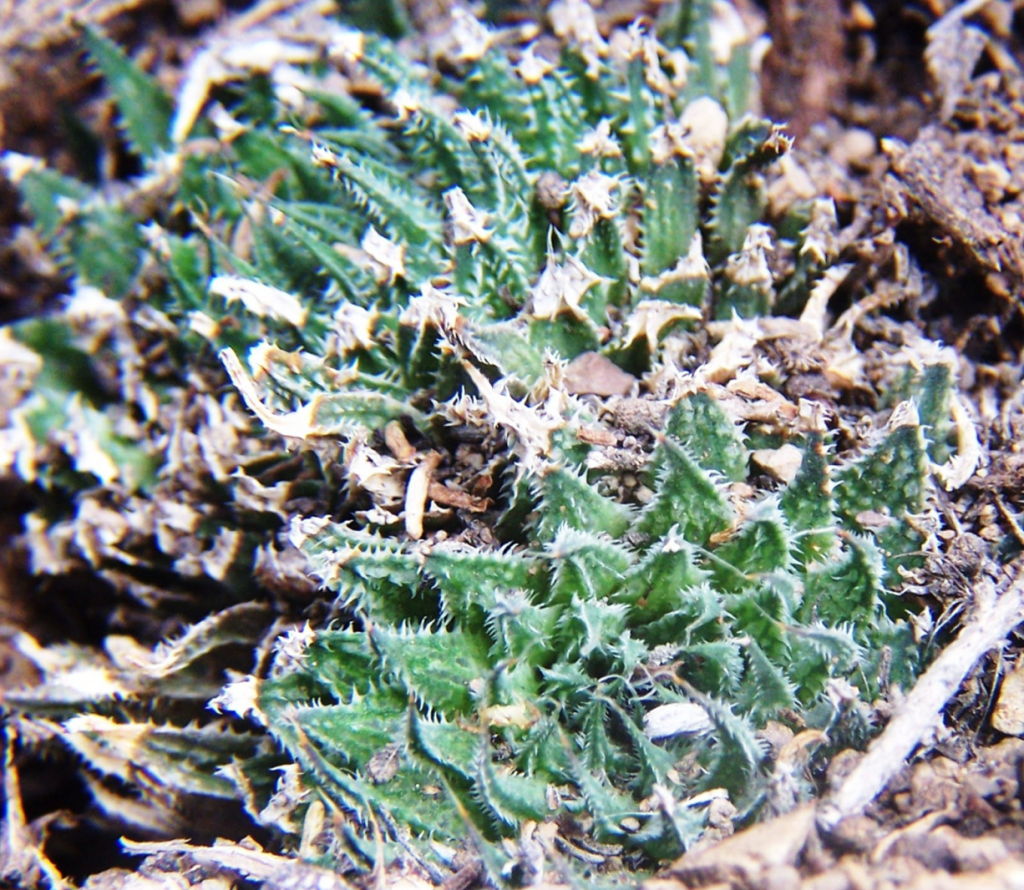
MBB7681 H. marumiana ‘archeri’ Josefskraal 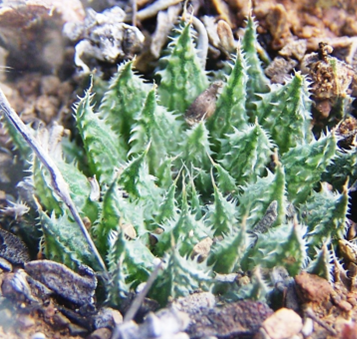
MBB7681 H. marumiana ‘archeri’ Josefskraal 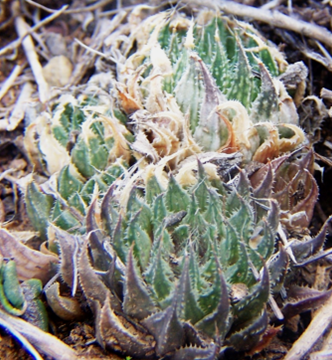
MBB7681 H. marumiana ‘archeri’ Josefskraal 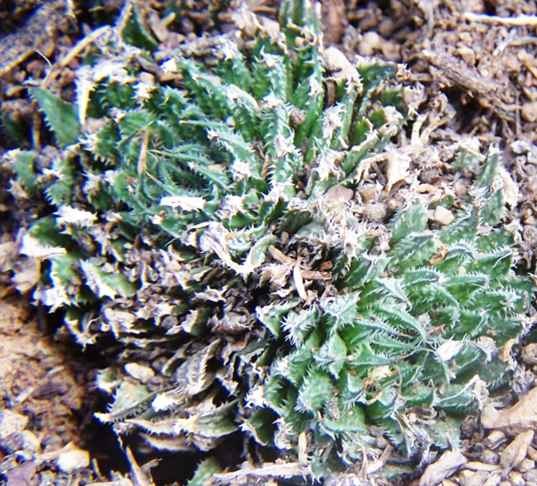
MBB7681 H. marumiana ‘archeri’ Josefskraal 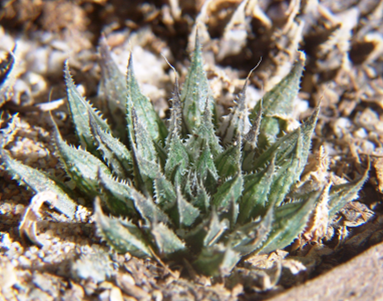
MBB7681 H. marumiana ‘archeri’ Josefskraal 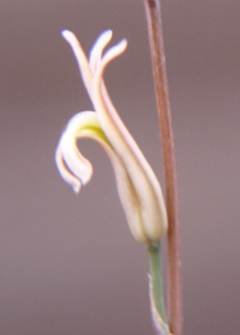
MBB7681. H. marumiana ‘archeri’ Josefskraal 
MBB7681 H. marumiana ‘archeri’ Josefskraal 
MBB7681 H. marumiana ‘archeri’ Josefskraal 
MBB7376 H. marumiana ‘viridis’ Scholtzkloof 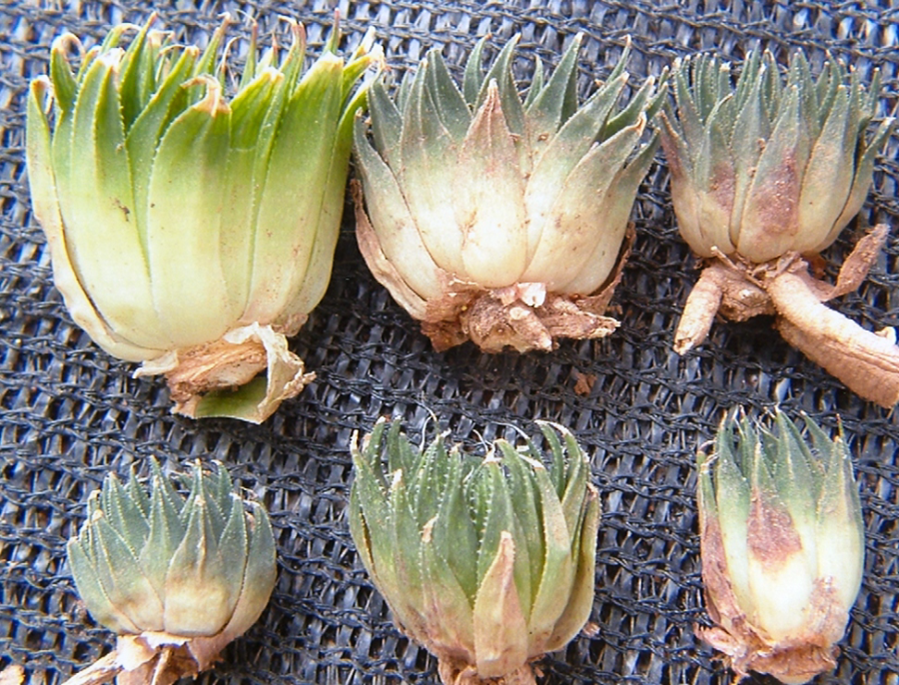
MBB7376. H. marumiana ‘viridis’ Scholtzkloof 
MBB7376. H. marumiana ‘viridis’ Scholtzkloof 
MBB7376. H. marumiana ‘viridis’ Scholtzkloof 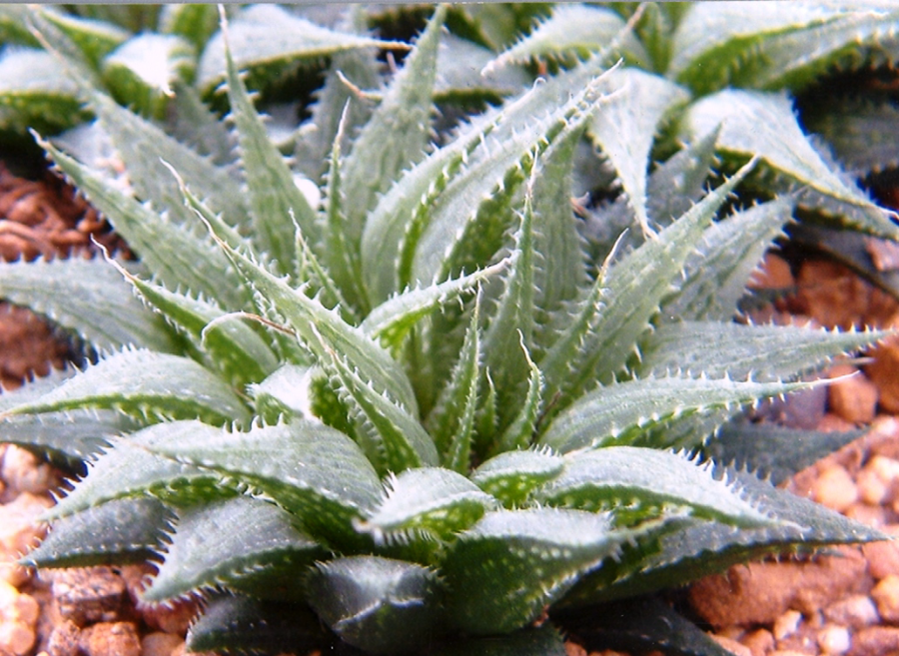
MBB7374. H. marumiana. ‘viridis’ S. Prince Albert. 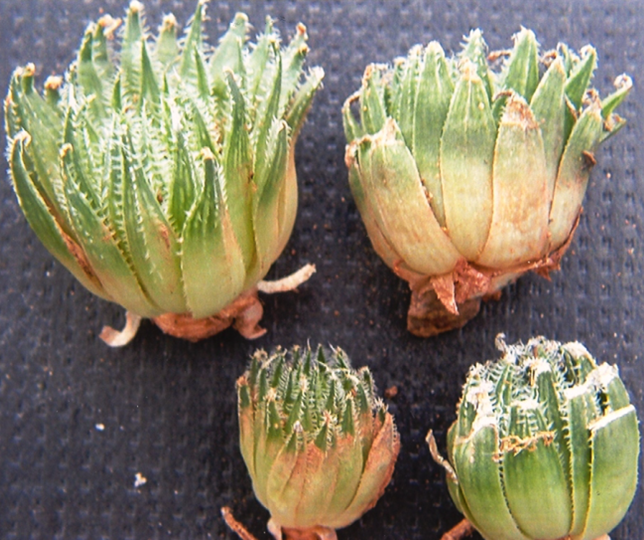
JDV91-108. H. marumiana. ‘viridis’ Malvadraai, N. Swartberg Pass. 
MBB 7819. H. marumiana. ‘dimorpha’ Jandeboers 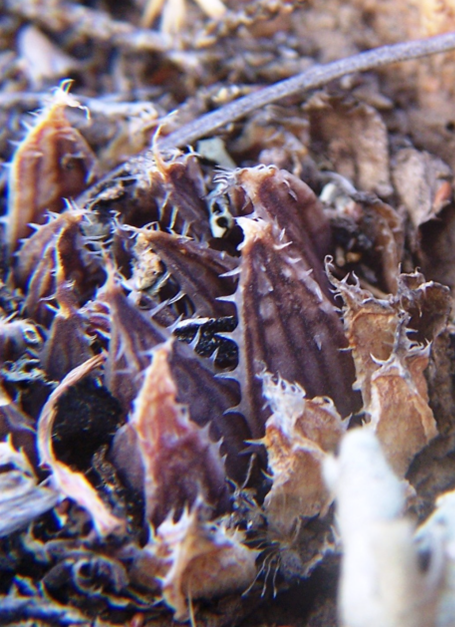
MBB 7819. H. marumiana. ‘dimorpha’ Jandeboers 
MBB 7819. H. marumiana. ‘dimorpha’ Jandeboers 
MBB 7819. H. marumiana. ‘dimorpha’ Jandeboers 
MBB 7819. H. marumiana. ‘dimorpha’ Jandeboers

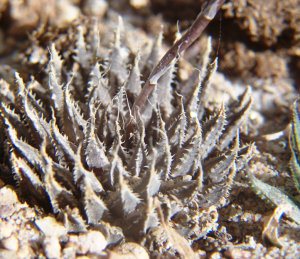 | 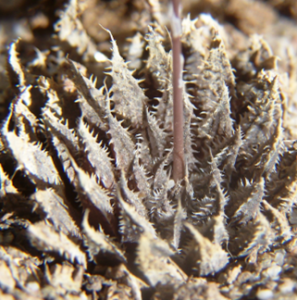 |
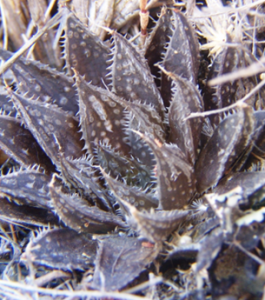 | 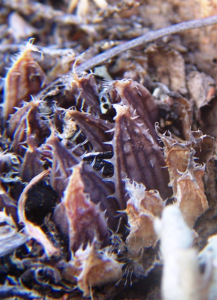 |
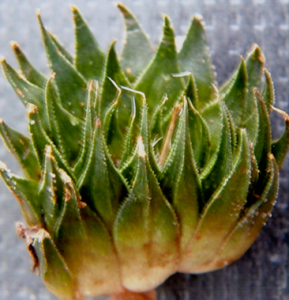 |  |
